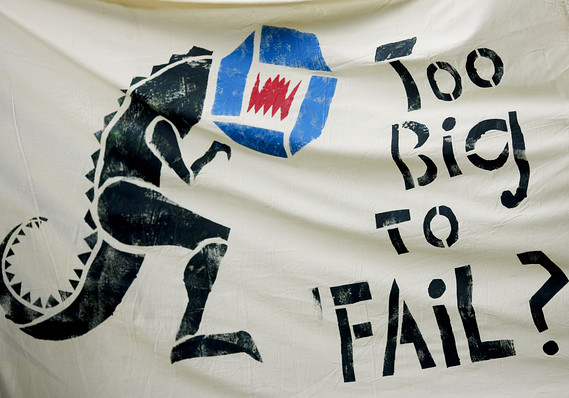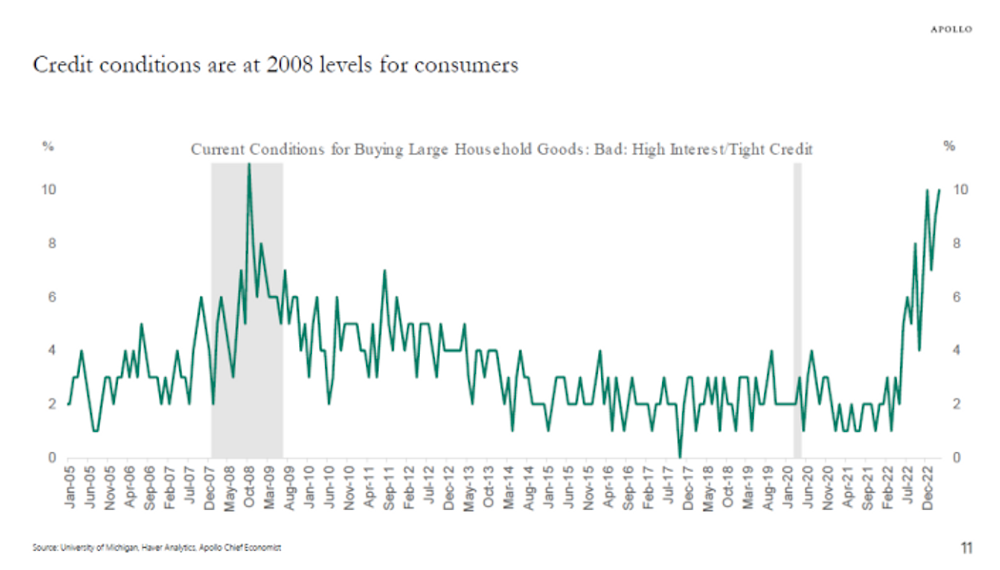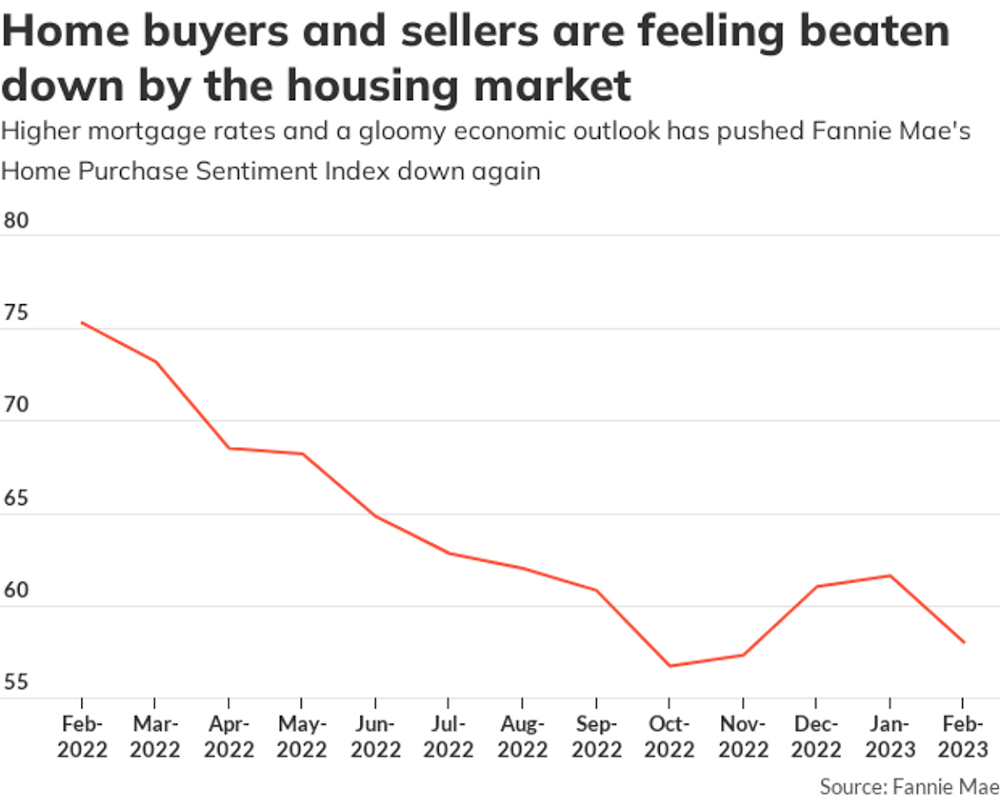WASHINGTON (MarketWatch)
Federal Reserve officials couldn't agree about the outlook for short-term interest rates, forward guidance, inflation and the state of the labor market, according to the minutes of the central banks' January meeting released
The summary of the closed-door talks reveal that a few hawkish members of on the central banks believed that the Fed might need to hike short-term interest rates relatively soon
On the other end of the spectrum, two Fed officials almost balked at continuing the pace of tapering, suggesting that the economy might be too weak for continued reduction in the pace of asset purchases
In a sign of the fractiousness, one official, Fed Governor Daniel Tarullo, dissented from the Fed's annual monetary policy statement, And two hawkish members on the central bank, Richard Fisher, the president of the Dallas Federal Reserve Bank and Charles Plosser, the president of the Philadelphia regional bank, dissented because they didn't like details of the central bank's reverse-repurchase agreement facility
In the end, the Fed unanimously agreed to continue to taper and maintain its forward guidance, putting off policy debates until March, when new Fed Chairwoman Janet Yellen would replace Ben Bernanke
Federal Reserve officials couldn't agree about the outlook for short-term interest rates, forward guidance, inflation and the state of the labor market, according to the minutes of the central banks' January meeting released
The summary of the closed-door talks reveal that a few hawkish members of on the central banks believed that the Fed might need to hike short-term interest rates relatively soon
On the other end of the spectrum, two Fed officials almost balked at continuing the pace of tapering, suggesting that the economy might be too weak for continued reduction in the pace of asset purchases
In a sign of the fractiousness, one official, Fed Governor Daniel Tarullo, dissented from the Fed's annual monetary policy statement, And two hawkish members on the central bank, Richard Fisher, the president of the Dallas Federal Reserve Bank and Charles Plosser, the president of the Philadelphia regional bank, dissented because they didn't like details of the central bank's reverse-repurchase agreement facility
In the end, the Fed unanimously agreed to continue to taper and maintain its forward guidance, putting off policy debates until March, when new Fed Chairwoman Janet Yellen would replace Ben Bernanke




















5 comentarios:
WASHINGTON (MarketWatch) — The following are excerpts from the minutes of the Federal Open Market Committee meeting on Jan. 28 and 29.
On bond purchases: “Most participants judged that the incoming information about the economy was broadly in line with their expectations and that a further modest step down in the pace of purchases was appropriate. A couple of participants observed that continued low readings on inflation and considerable slack in the labor market raised questions about the desirability of reducing the pace of purchases; these participants judged, however, that a pause in the reduction of purchases was not justified at this stage, especially in light of the strength of the economy in the second half of 2013. Several participants argued that, in the absence of an appreciable change in the economic outlook, there should be a clear presumption in favor of continuing to reduce the pace of purchases by a total of $10 billion at each FOMC meeting. That said, a number of participants noted that if the economy deviated substantially from its expected path, the Committee should be prepared to respond with an appropriate adjustment to the trajectory of its purchases.”
On forward guidance : “Participants agreed that, with the unemployment rate approaching 6½ percent, it would soon be appropriate for the Committee to change its forward guidance in order to provide information about its decisions regarding the federal funds rate after that threshold was crossed. A range of views was expressed about the form that such forward guidance might take. Some participants favored quantitative guidance along the lines of the existing thresholds, while others preferred a qualitative approach that would provide additional information regarding the factors that would guide the Committee’s policy decisions. Several participants suggested that risks to financial stability should appear more explicitly in the list of factors that would guide decisions about the federal funds rate once the unemployment rate threshold is crossed, and several participants argued that the forward guidance should give greater emphasis to the Committee’s willingness to keep rates low if inflation were to remain persistently below the Committee’s 2 percent longer-run objective.
Additional proposals included relying to a greater extent on the Summary of Economic Projections as a communications device and including in the guidance an indication of the Committee’s willingness to adjust policy to lean against undesired changes in financial conditions.
On rate hikes: “A few participants raised the possibility that it might be appropriate to increase the federal funds rate relatively soon. One participant cited evidence that the equilibrium real interest rate had moved higher, and a couple of them noted that some standard policy rules tended to suggest that the federal funds rate should be raised above its effective lower bound before the middle of this year. Other participants, however, suggested that prescriptions from standard policy rules were not appropriate in current circumstances, either because the target federal funds rate had been constrained by the lower bound for some time or because the equilibrium real rate of interest was likely still being held down by various factors, including the lingering effects of the financial crisis, and was significantly below the value of the longer-run rate built into standard policy rules.”
On the economy: “Several participants observed that temporary factors had helped boost real GDP during the second half, pointing specifically to the substantial contributions from net exports and increased inventory investment. As a result, participants generally did not expect the recent pace of economic growth to be sustained, but they nonetheless anticipated that the economy would expand at a moderate pace in coming quarters. That expansion was expected to be supported by highly accommodative monetary policy, a further easing of fiscal restraint, and a modest additional pickup in global economic growth, as well as continued improvement in credit conditions and the ongoing strengthening in household balance sheets.”
On the labor market: “A number of participants indicated that the December payrolls figure may have been an anomaly, perhaps importantly reflecting bad weather, and it was noted that the initial readings on payrolls in recent years had subsequently tended to be revised up. In addition, some participants reported that their business contacts had become more positive about hiring in the year ahead. Participants continued to debate the reliability of the unemployment rate as an indicator of overall labor market conditions, taking into account the further decline in labor force participation in recent quarters, still-elevated levels of underemployment and long-term unemployment, and the apparent absence of wage pressures.”
Índice de Precios al Consumo (Mensualmente) 0,1% 0,1% 0,2%
USD Ingresos Reales (Mensualmente) 0,1% -0,1% -0,5%
USD IPC subyacente (Mensualmente) 0,1% 0,1% 0,1%
USD Peticiones de desempleo 336K 335K 339K
USD Reclamos Continuos de Desempleo 2.981K 2.970K 2.944K
USD Solicitudes de Desempleo - Promedio 4-Semanas 339K 337K
USD Índices de Gestión de Compras de Manufacturas 56,7 53,0 53,7
USD Confianza del consumidor Bloomberg -30,6 -30,7
USD Condiciones Comerciales del Banco de la Reserva Federal de Filadelfia 40,2 34,4
USD Empleo del Banco de la Reserva Federal de Filadelfia 4,8 10,
USD Indicadores principales (Mensualmente) 0,3% 0,4% 0,0%
USD Índice manufacturero de la Fed de Philadelphia
-6,3 8,0 9,4
USD Tasa de Morosidad de MBA (trimestralmente) 6,39% 6,41%
EUR Confianza del consumidor -12,7 -11,3 -11,7
Inventarios de Petroleo Crudo 0,973M 2,013M 3,267M
USD IPC de Cleveland (Mensualmente) 0,2% 0,2%
Publicar un comentario